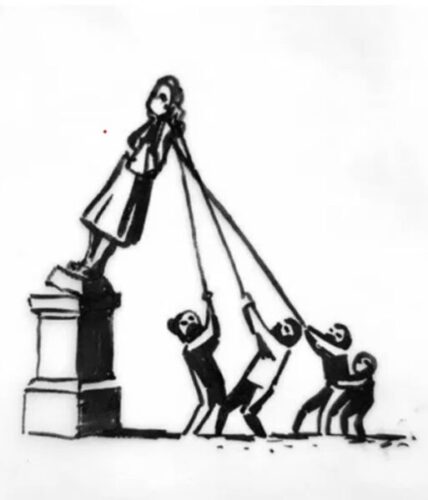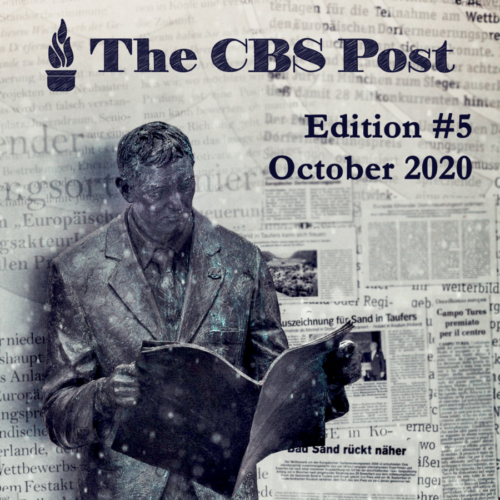A Monumental History of Abuse
Public monuments are representative of what the country honours, what side of history it wants to commemorate and remember. The Confederate monuments have symbolized heritage but have long been viewed, by many, as symbols of white supremacy, racial inequality and systematic oppression. Drawing increasing attention amid the rise of the Black Lives Matter movement protests, these statues have either been removed by the officials in numerous states or toppled by the protesters themselves.
Destroying a statue from its place of prominence marks an inevitably political and cultural shift owing to its symbolic value – it is a collective statement that as a community, we confront and reject the ideology that these monuments represent.
Iconoclasm holds cathartic value for these communities. It is the reclamation of a past that has antagonised them and a present that denies them opportunities. Righting past wrongs must come with a public consciousness of what values should a country uphold. Those vilifying protestors for toppling statues should instead vouch for pressuring governments to give these communities the right to decide what to do with them since the state has maintained them with public funds.
Critics, however, view the invisibilisation of these monuments from the public sphere as risking ‘erasing history’. Except what this argument leaves out is that the sole purpose of ‘putting them on a pedestal’ is not to reflect on past injustices inflicted on the African American community. It leaves out that the state has actively destroyed detailed records of their crimes against black people during colonization and whitewashed instances of dehumanization and violence that came along with it. These statues are monuments to the deliberate erasure of the contributions of the black community and decades of racial violence, to denying responsibility for past injustices.
One might argue that these monuments can be preserved in museums whilst confronting the insidious origins of these monuments – false historical narratives of which legitimised an environment where African Americans were subjected to lynching, racial discrimination and disproportionate incarceration. Historians, therefore, have argued for ‘contextualisation’, the idea of adding plaques explaining and adding the historical context of these monuments. Except it begs the question of who determines what context is appropriate and in a larger scheme of things, whether or not it is pertinent to value art for its intrinsic aesthetics and not for what it glorifies and should be held accountable for.
As art, monuments have preservationist value, but at the same time, the purpose behind erecting these statues was always immoral. That’s why their ‘intrinsic beauty’ is far less important than the discourse they have collectively provoked towards the intolerance of celebrating those who perpetuated racism to begin with. What fuels the current movement is not destruction of art but dismantling overt ways in which racism is overlooked in America. They are signifiers of the country’s racial amnesia and thus its historical value isn’t one that can be equated to the pain they cause as a constant reminder to these communities.
Banksy’s reimagination of a bronze statue in Bristol had cables tied around the neck of the statue of slave-trader Colston, which was previously torn down by protestors, returned to its pedestal along with commissioned life size bronze statues of protestors in the act of pulling him down. This simple artistic gesture is an example of reinterpretation of history by allowing for the voices of the African American community to rise above their oppressors.
An analogous ‘problematization of narratives’ led HBO to remove Gone with the Wind from its platform due to its whitewashing of slavery and romanticising discriminative treatment. The narrative of ‘let us not destroy, but rather keep as a warning’ – like Forrest Gump being named after a confederate tenant – has created awareness in the public sphere and sparked discourse around the whitewashed history and decades of neglect towards the black community.
Whether it is removing cinema or toppling colonialist statues, people are willing to take action to heal from the past and to stop modern racial injustice. Statues must fall because institutionalised racism must fall: without a strong gesture of rupture, the problem would be barely discussed. We are creating a new narrative by choosing the side of history that reflects our values and who we are.




Comments